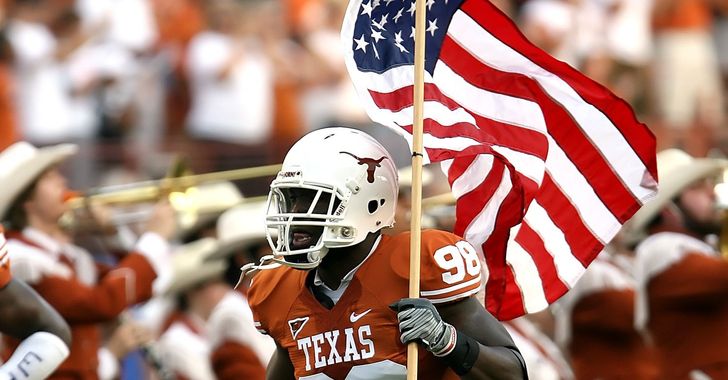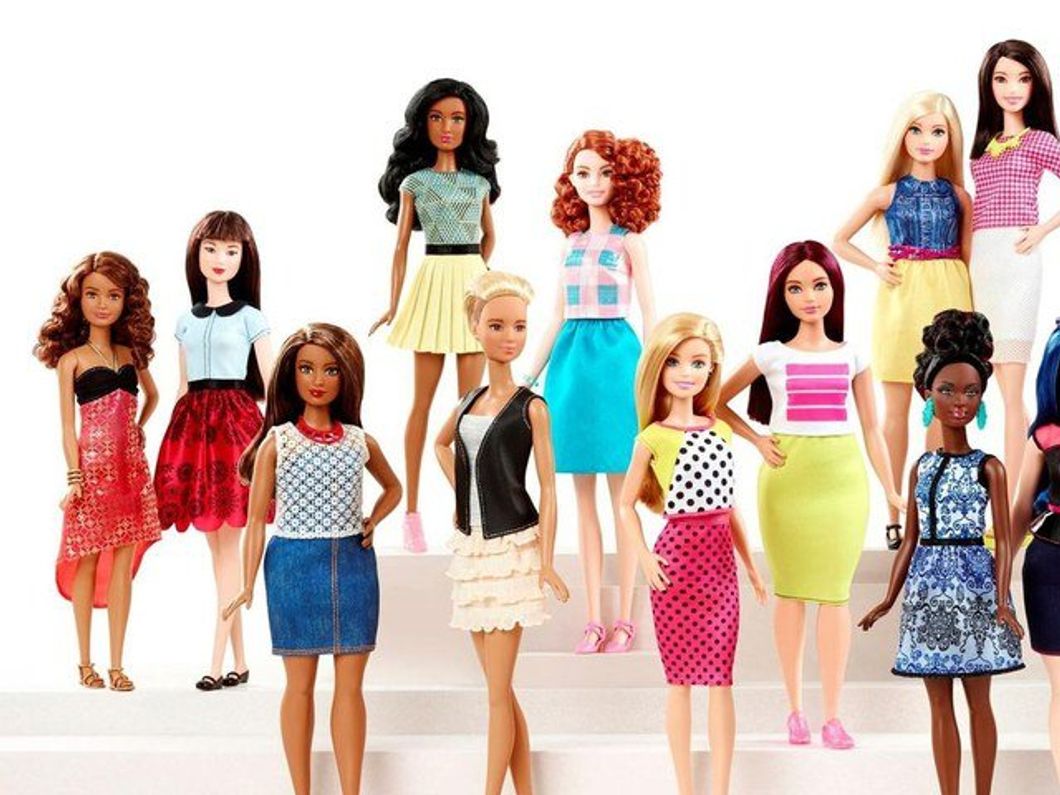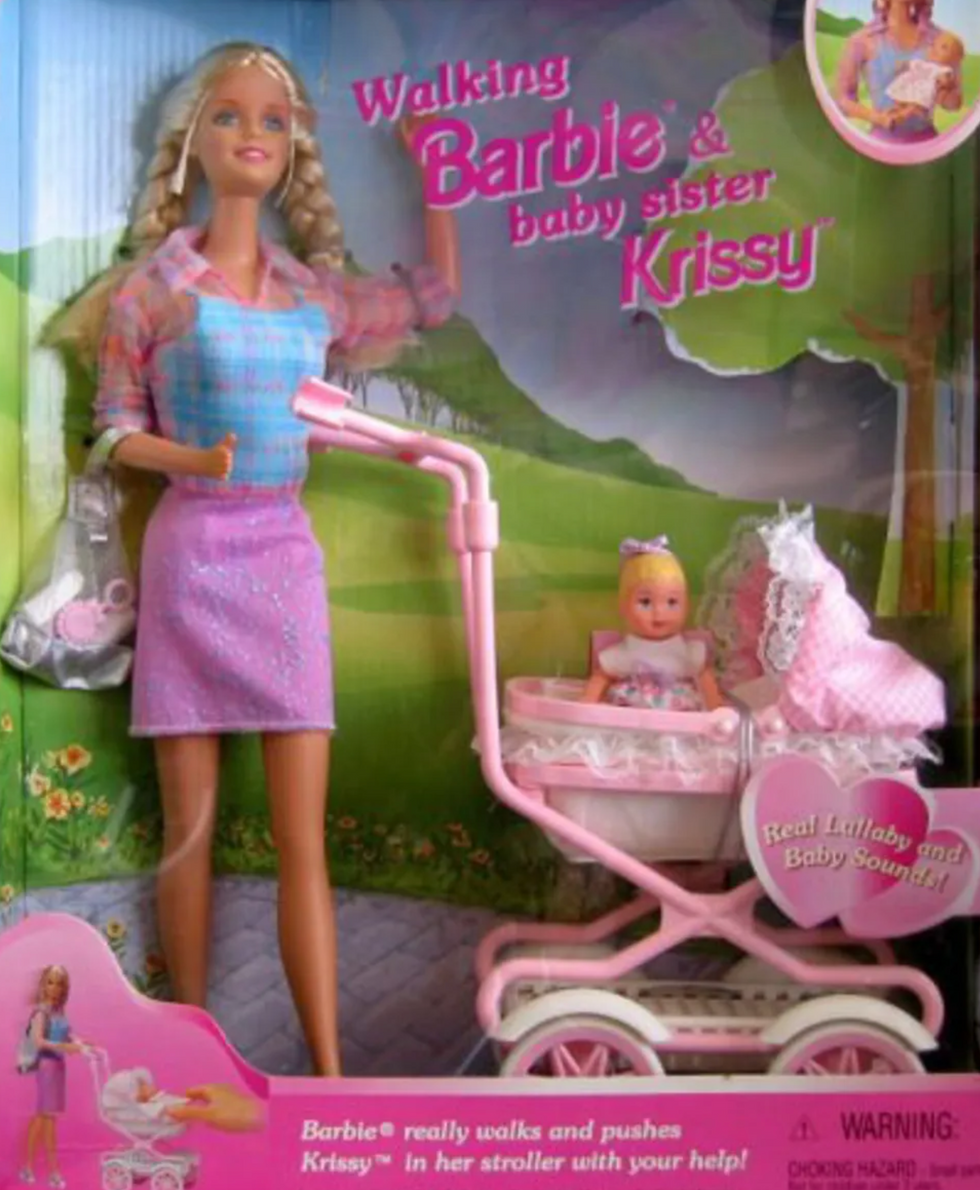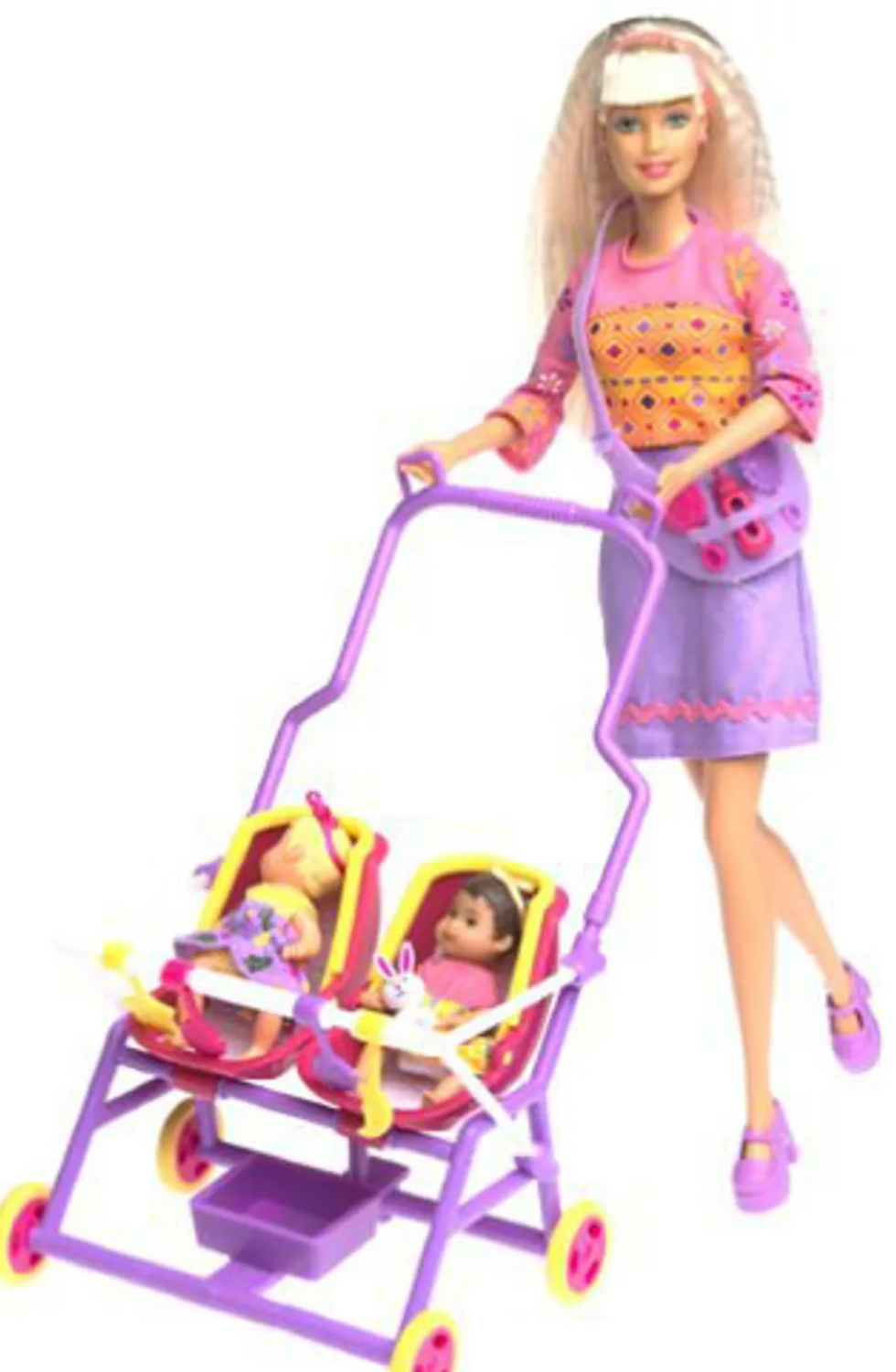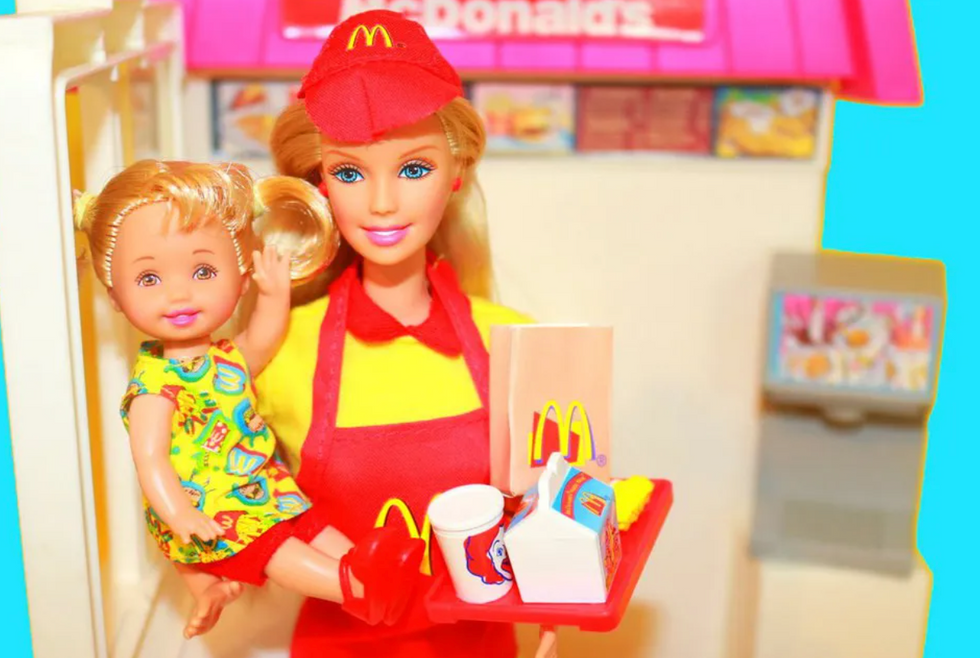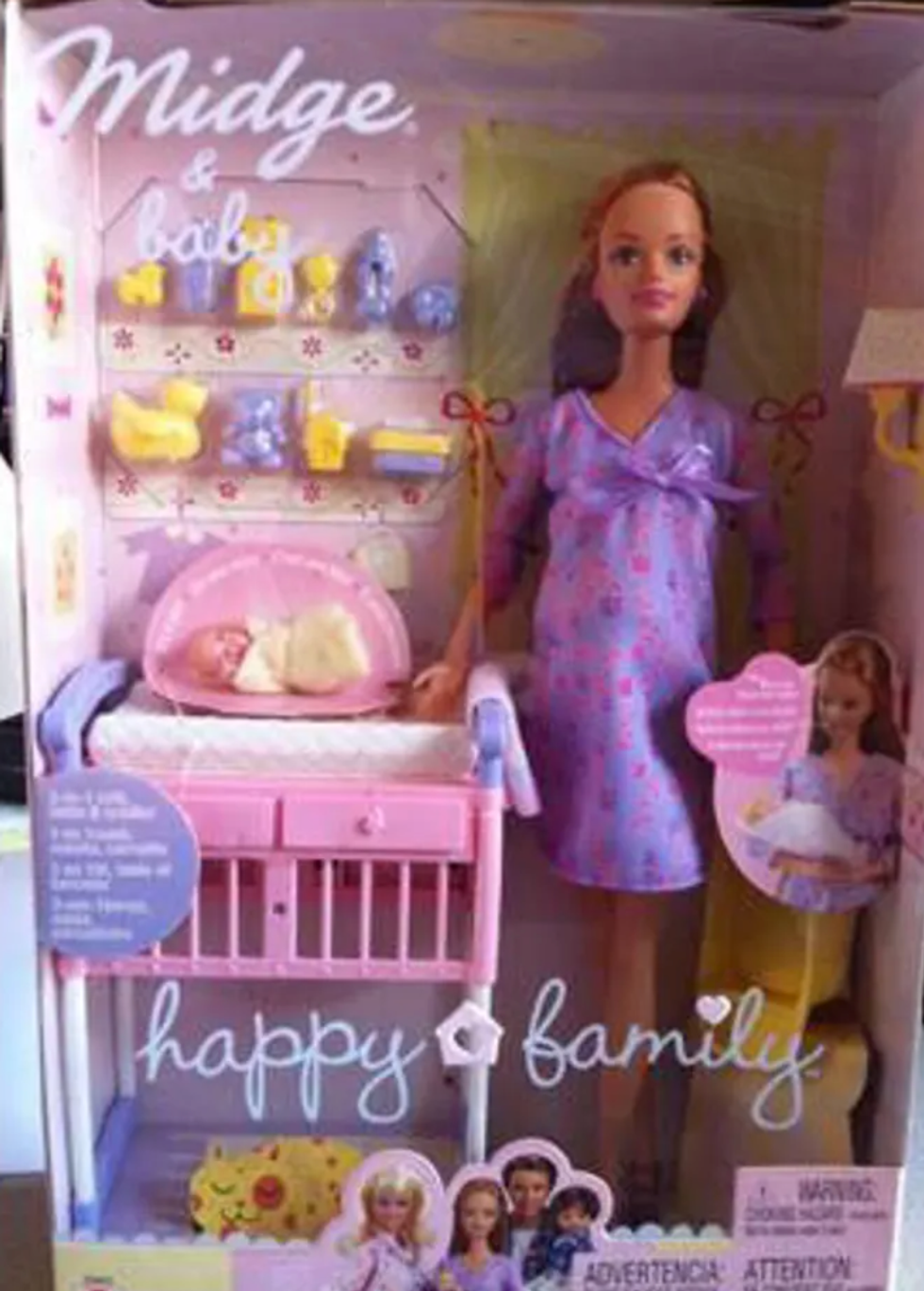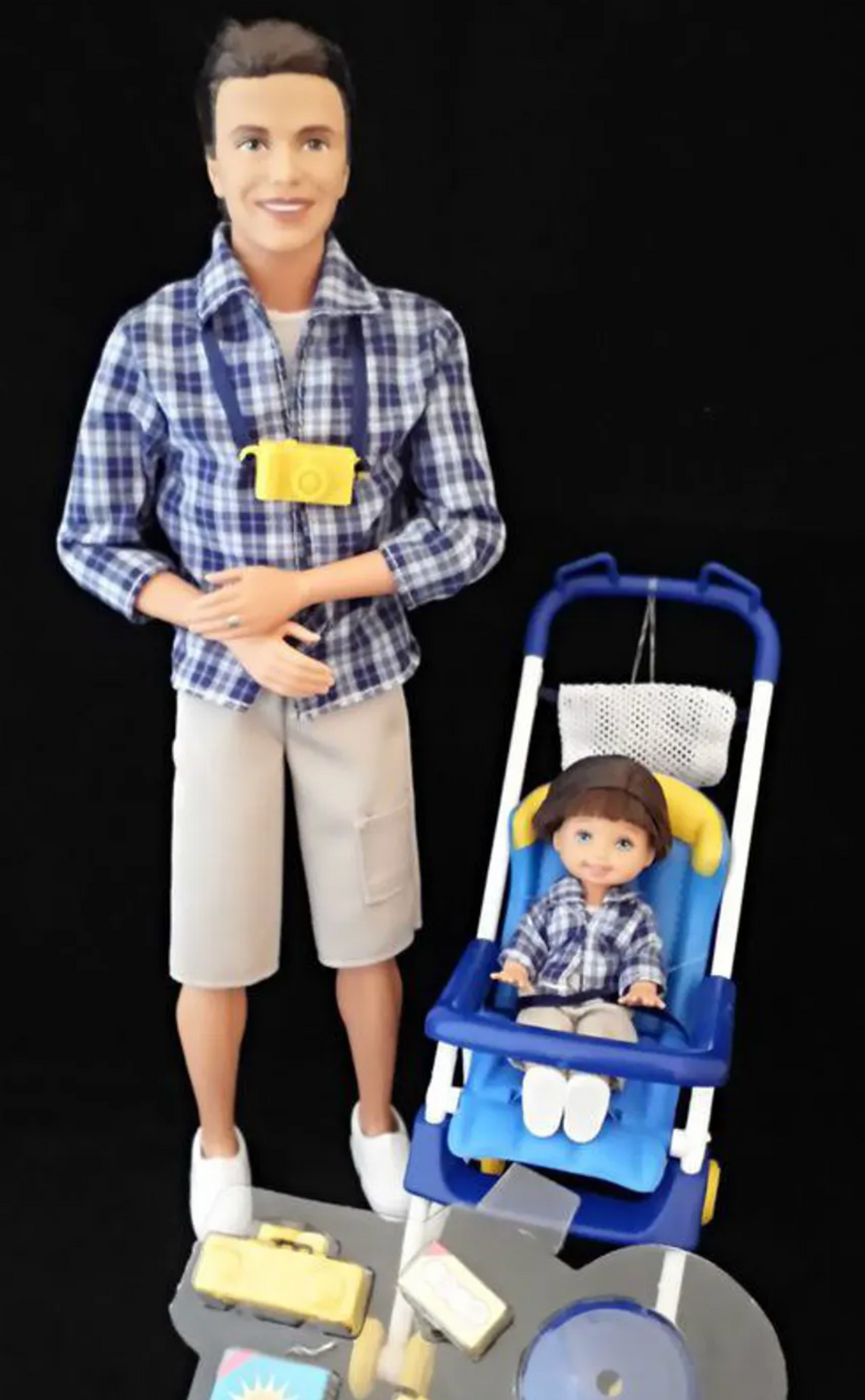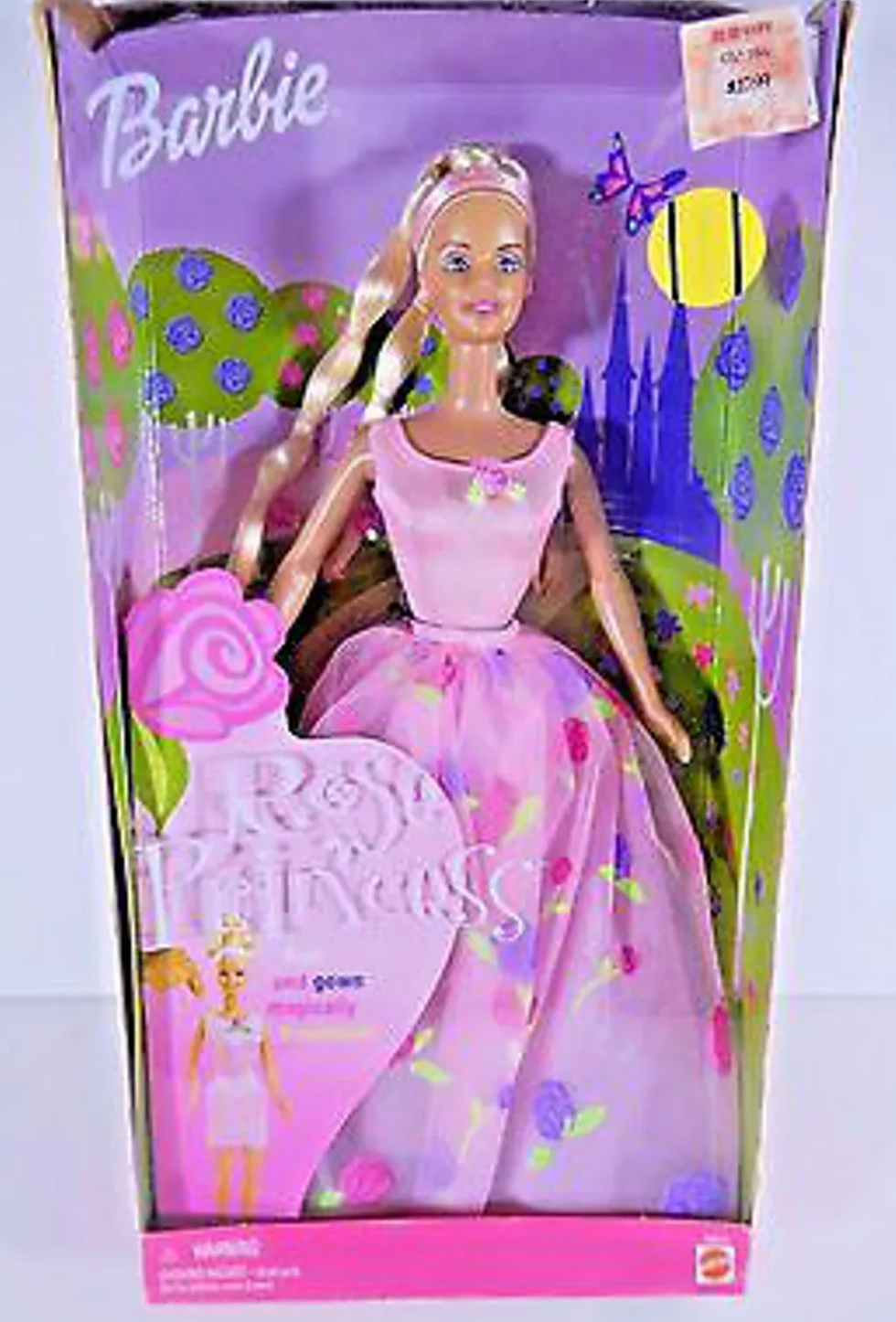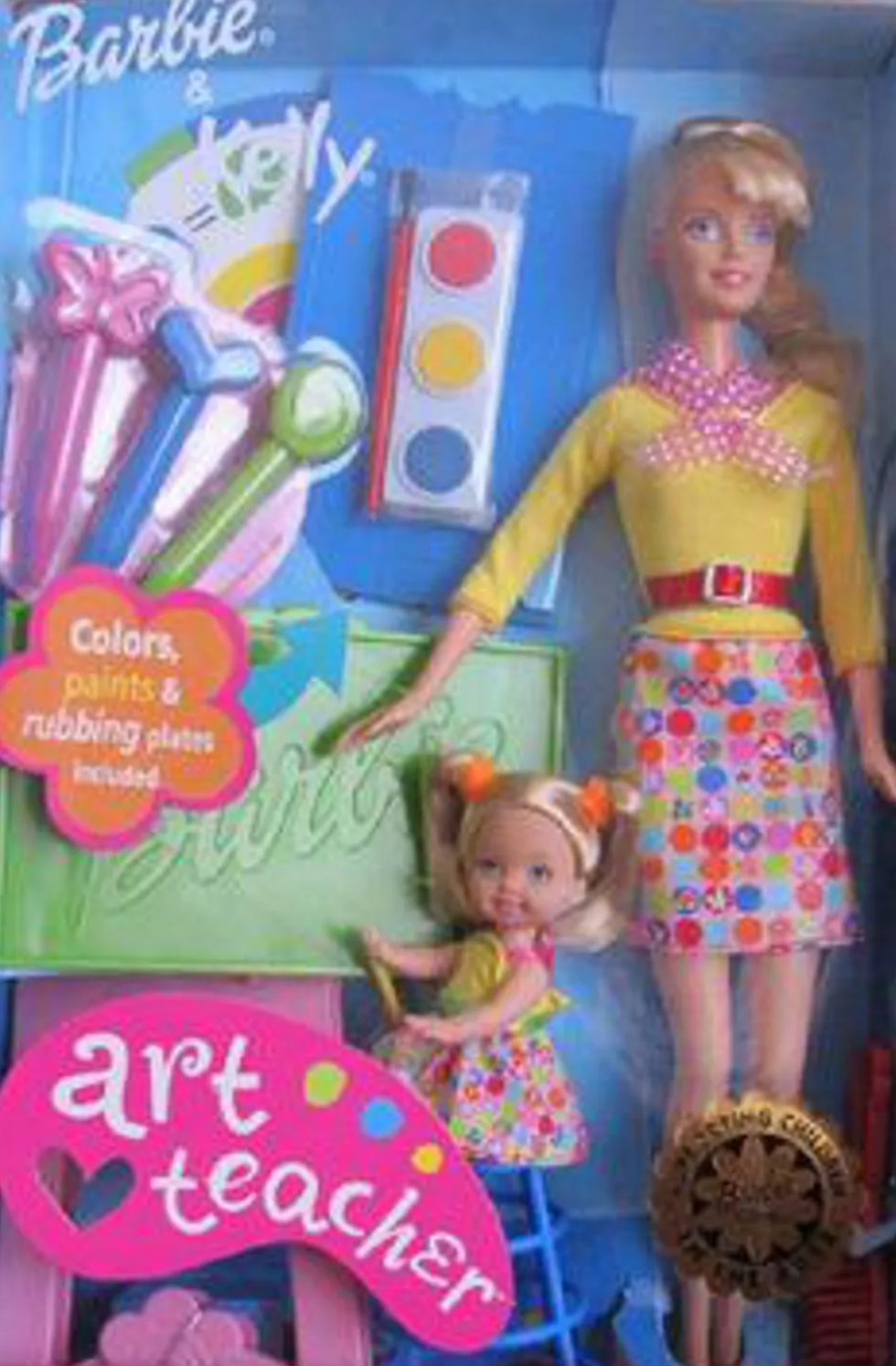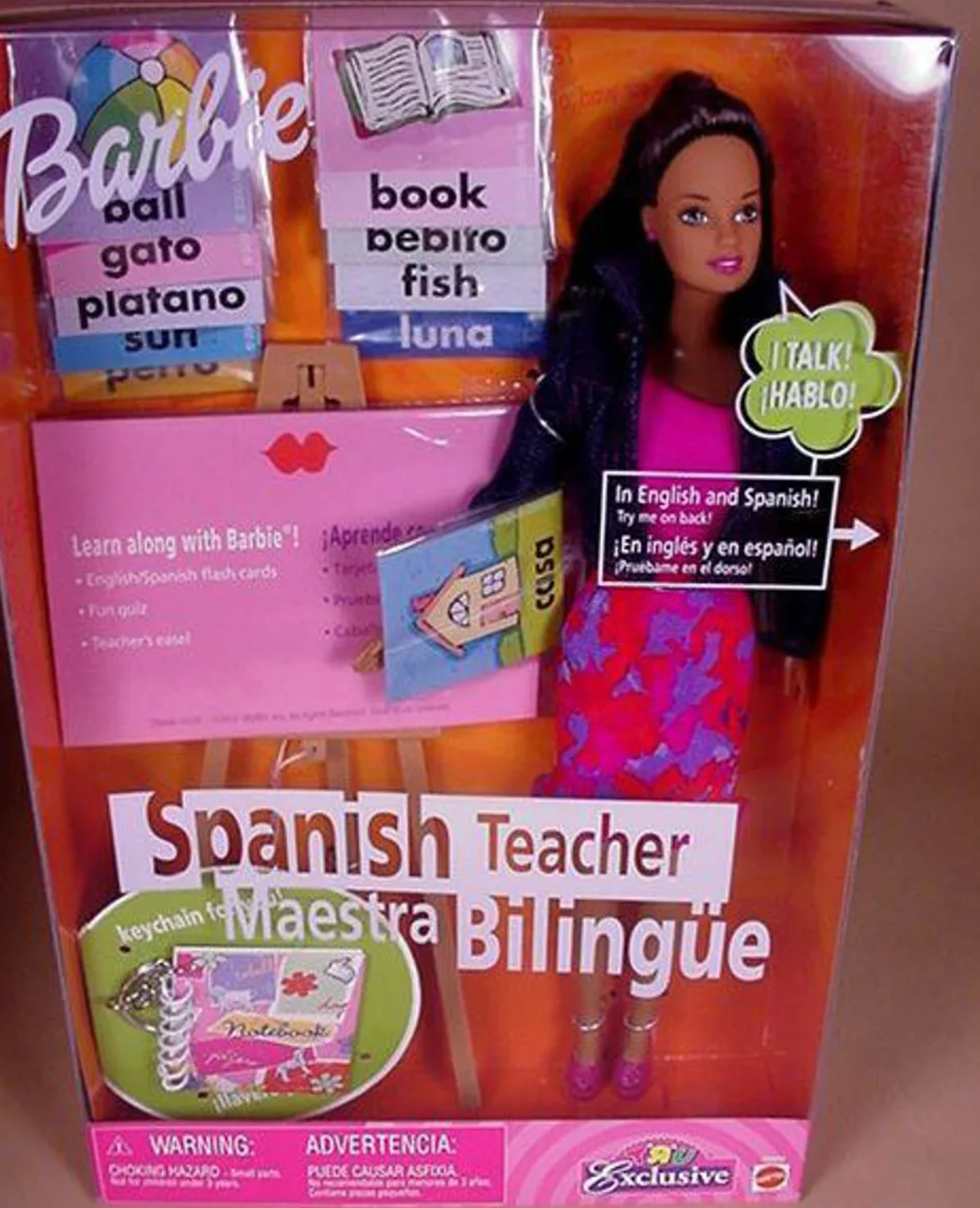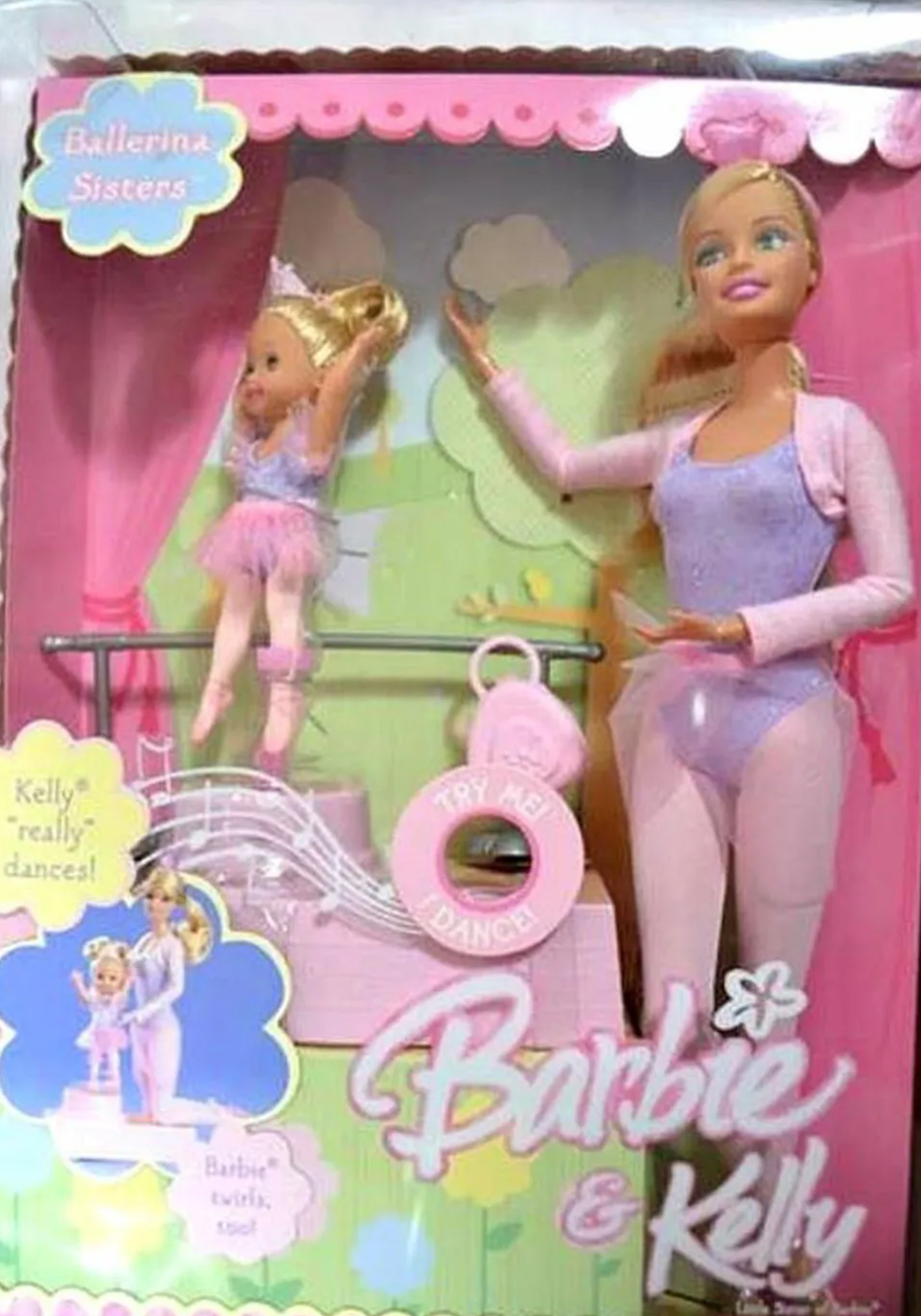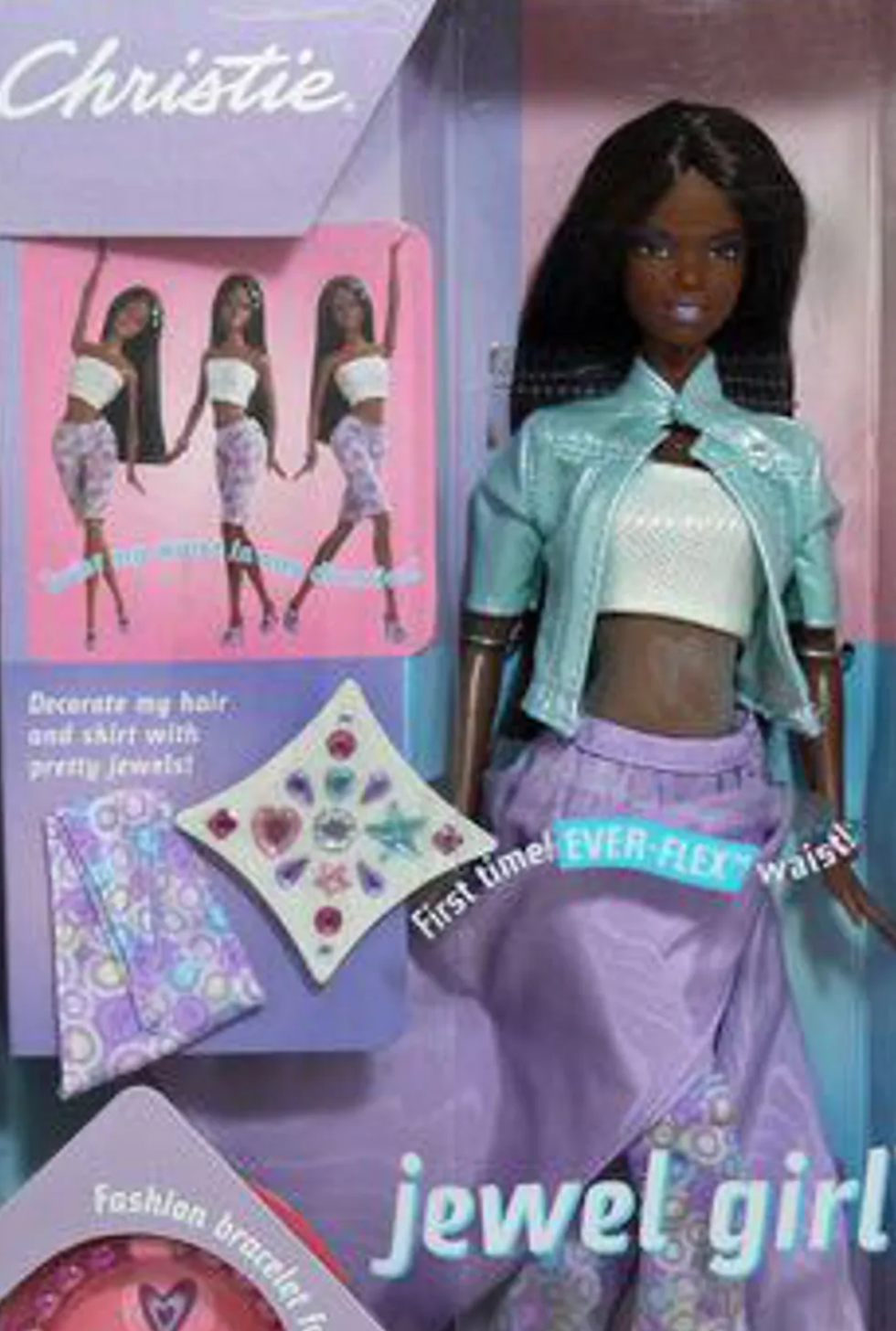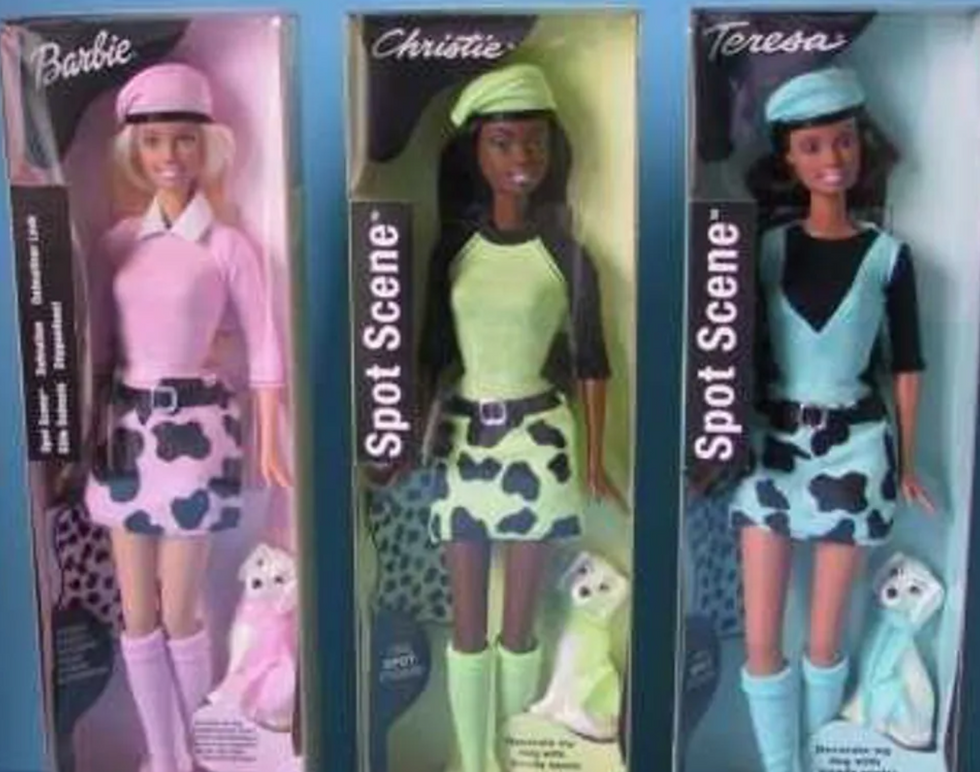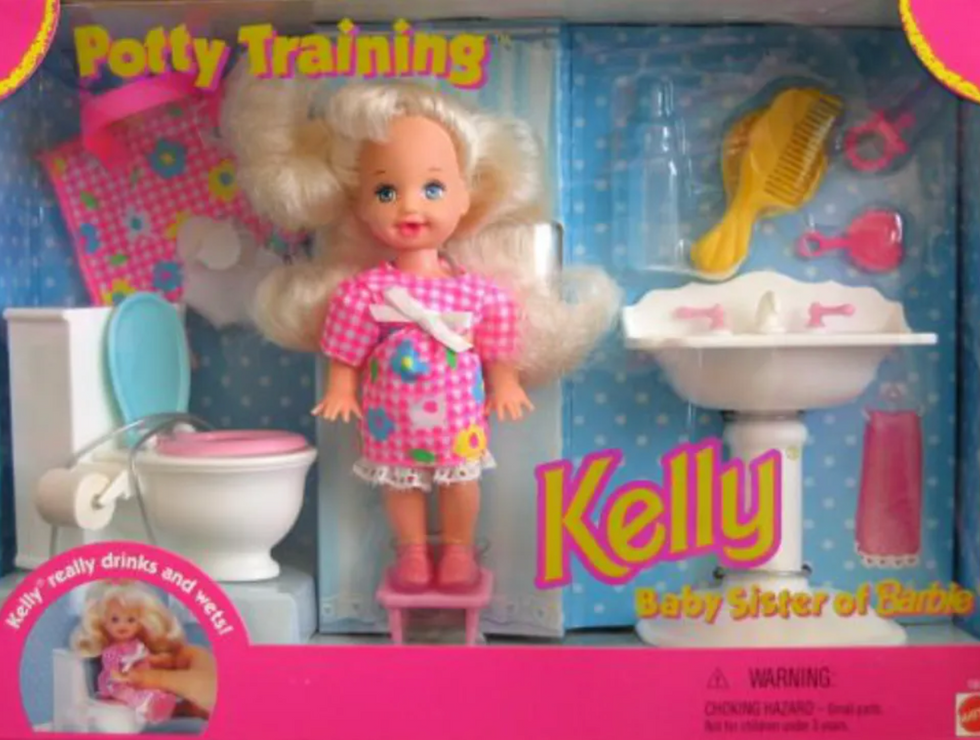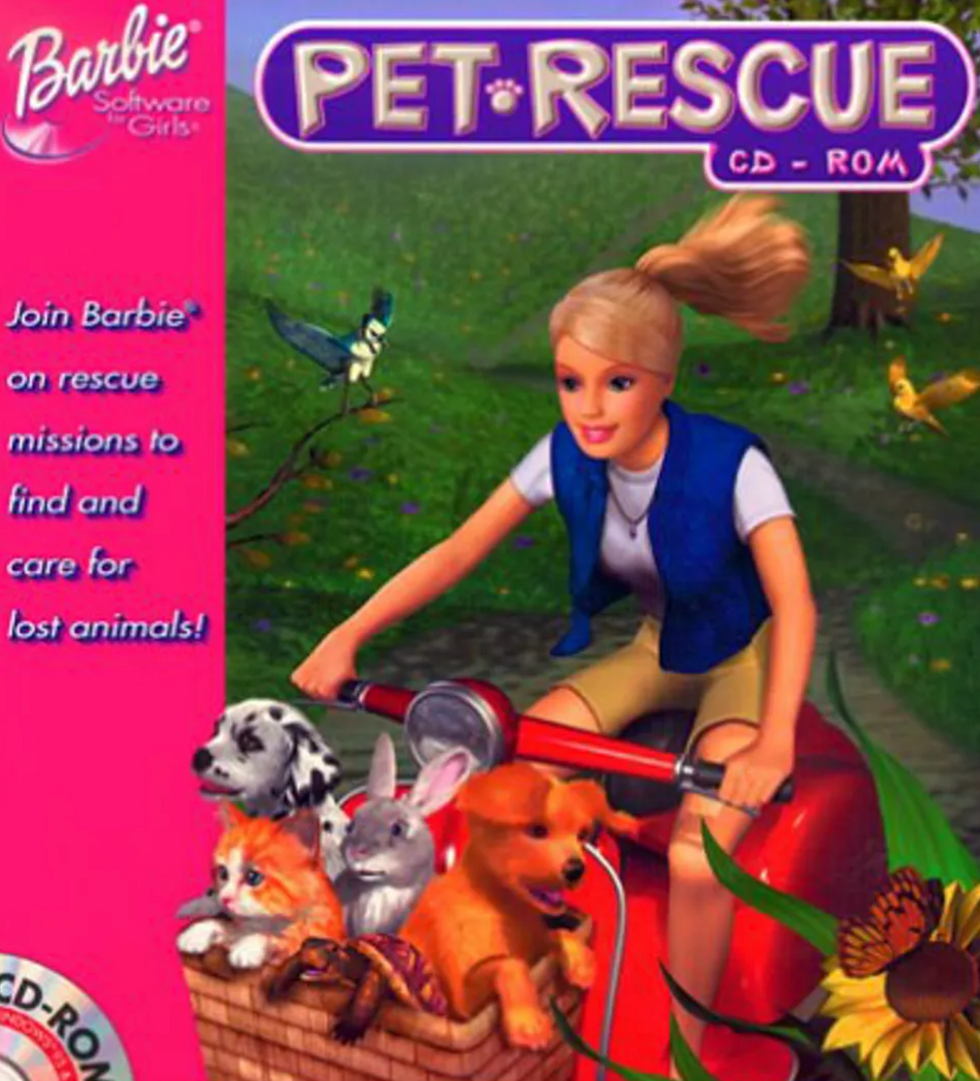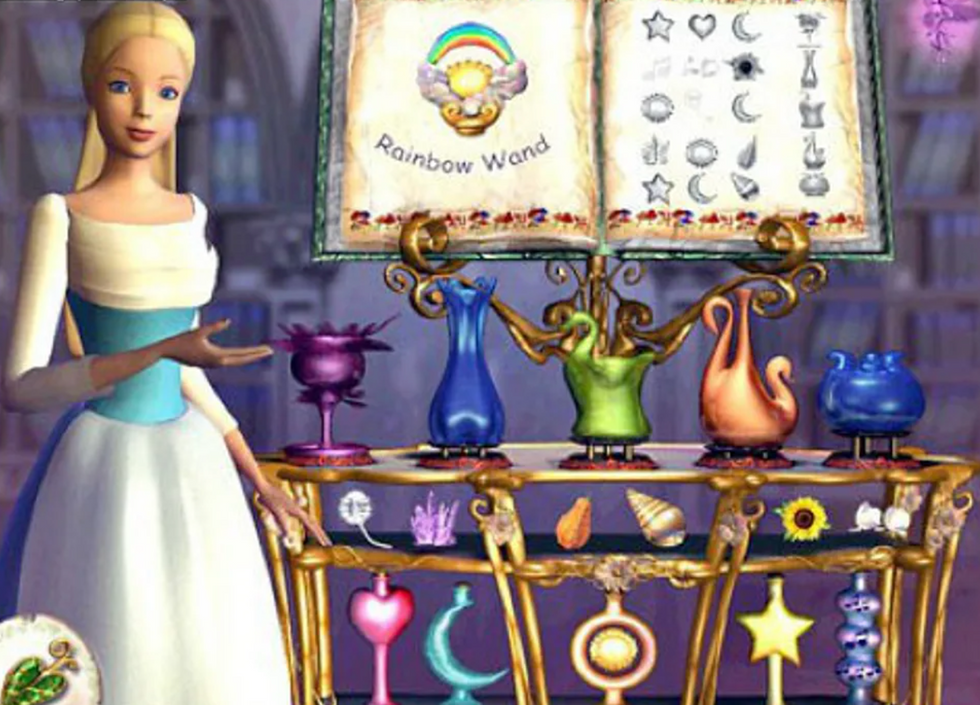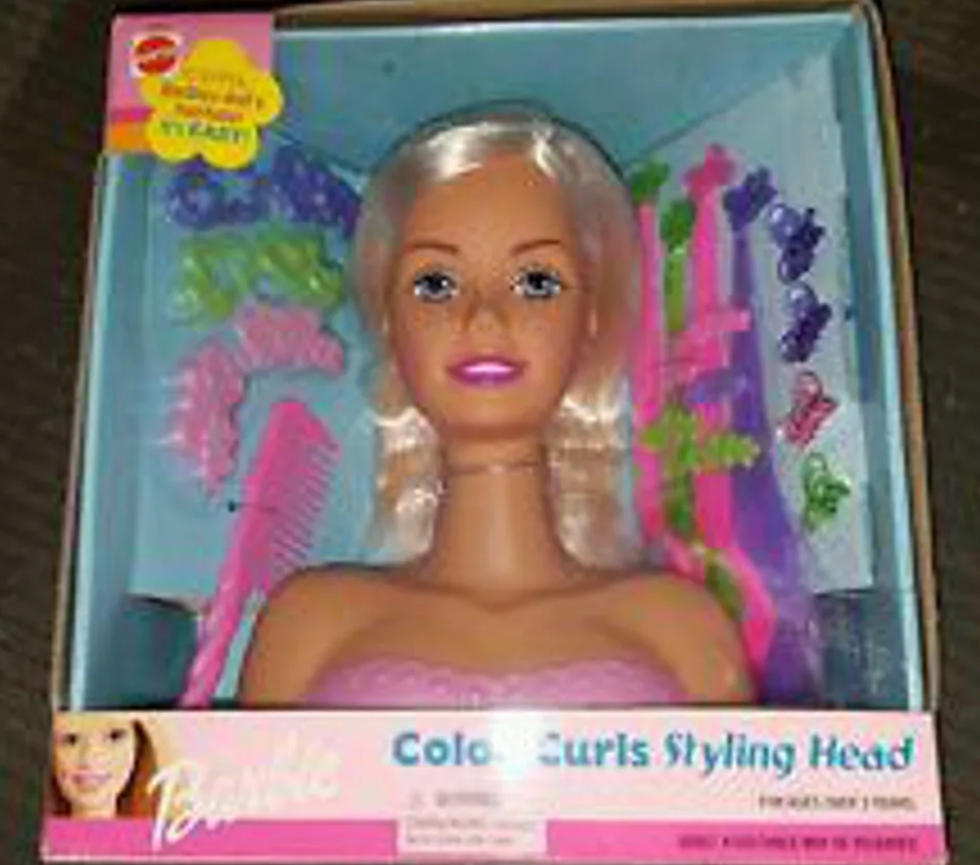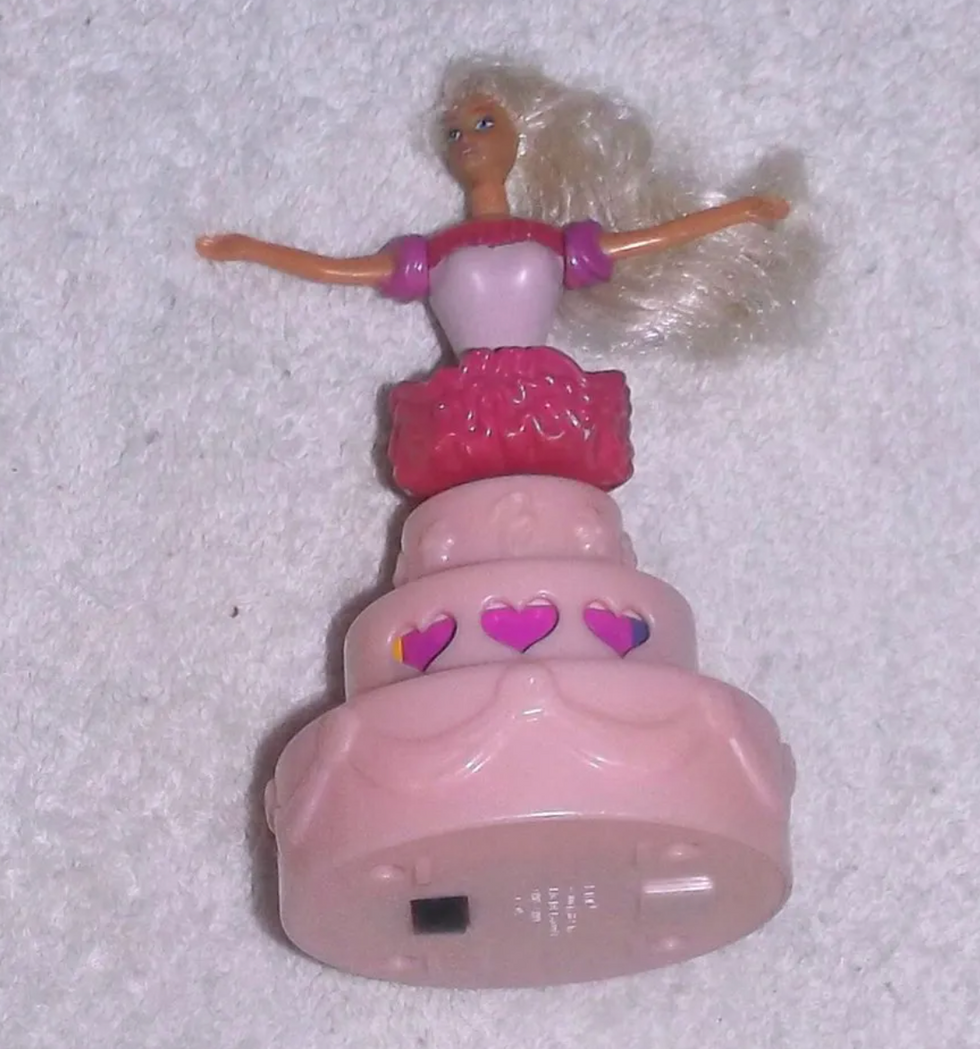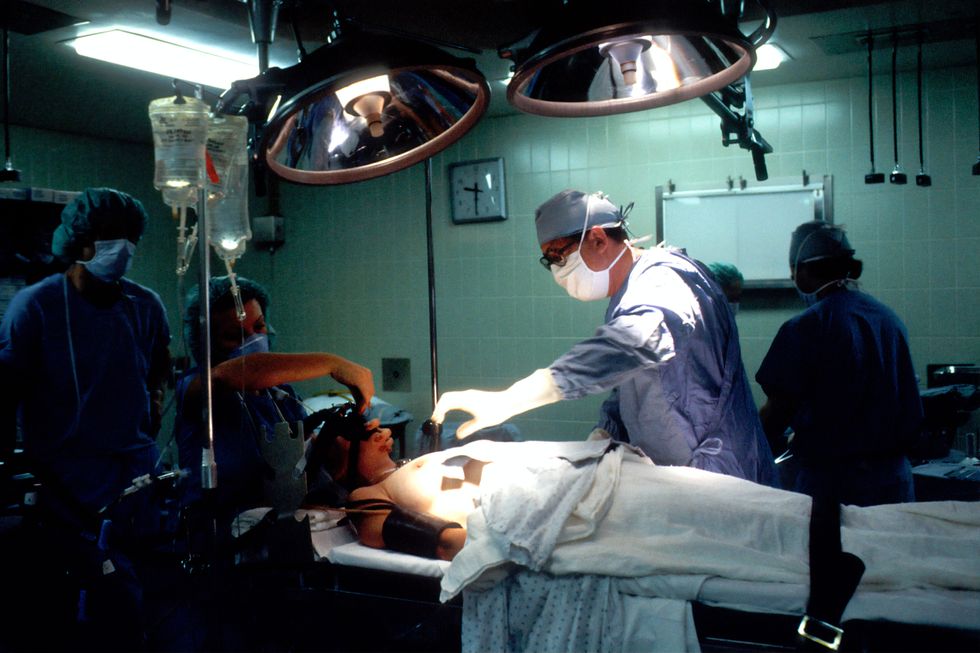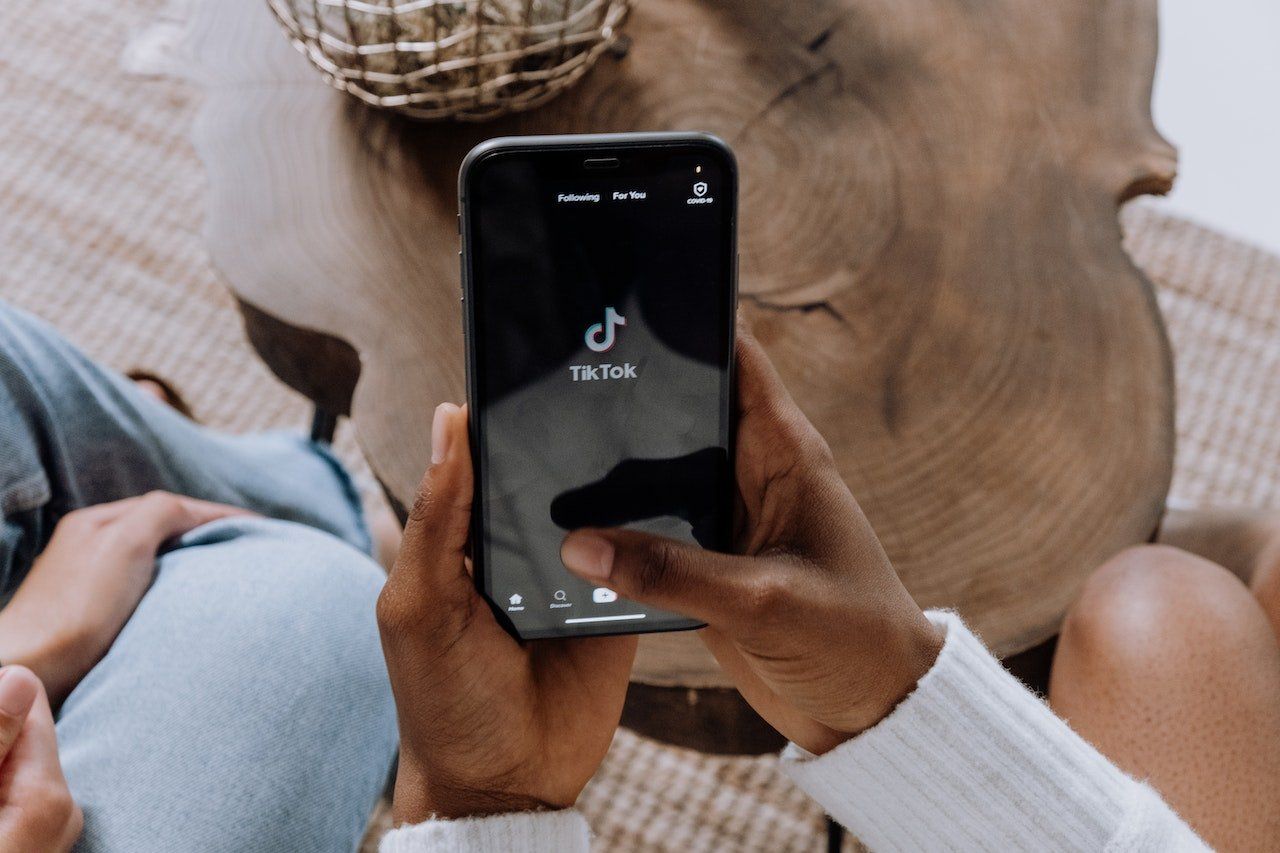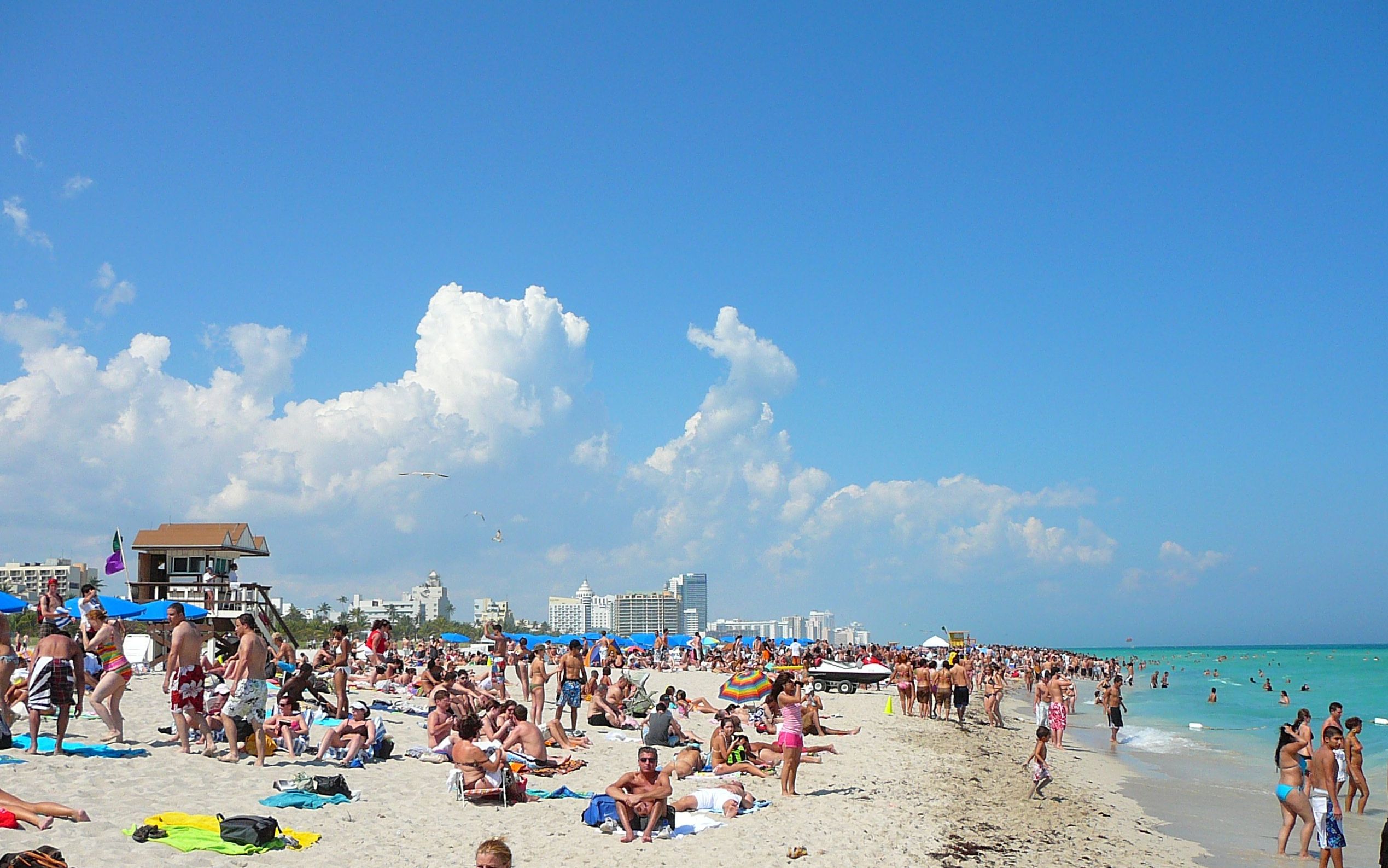Around the start of the school year in 2018, there were dozens upon dozens of rumors going around social media about sex traffickers targeting college students in Columbia, Missouri. I remember being vaguely terrified after coming back from summer break, constantly looking over my shoulder. While these rumors were apparently false, recent data shows otherwise.
According to Forbes, human trafficking was the fastest growing and most lucrative crime in 2017. While human traffickers can use their victims for forced labor, many times they are forced into unwilling prostitution, which is, unfortunately, being kept alive by a buyer's market. In 2016, 421 cases of human trafficking were reported in mid-Missouri alone. Keep in mind that those are the ones that were reported, likely a small percentage of what is actually happening.
Columbia, Missouri is a hot spot for human trafficking in general because many major interstates intersect here. This gives traffickers more options of places to flee, but also more options for victims. As a 21-year-old female who often gets off of work late at night or runs errands alone, this scares me beyond belief.
I recently watched "Apartment 407" with my boyfriend, a movie based on true events about a woman who was kidnapped and forced into prostitution for three days and two nights. She narrowly escaped and her trafficker was gone by the time a police raid was conducted. We stumbled upon this movie by accident, my boyfriend originally thinking it was something else. It disturbed me beyond belief, but it also made me extremely angry.
While authorities often say (about almost everything) that extreme measures are being taken to fix these problems, more needs to be done. Maybe sex trafficking is not a large risk to me or the thousands of other women who attend the University of Missouri, but it is a huge risk to certain demographics.
Anybody can be a victim of traffickers, whether you are male or female, young or old, rich or poor. Some risk factors make certain women more likely to become a target, such as certain minorities, exposure to past traumas, lack of family support and disabilities. Often the women being trafficked aren't women, they are young teenage girls. These girls are usually runaways looking for a way to support themselves and are coerced into sex trafficking as a means of survival. By the time many of them realize what is happening, it is far too late.
While there are many myths out there about random men kidnapping women off the streets and trafficking them, it does not make the reality any less scary. Globally, over 40.3 million people have been trafficked. So what can we do? Is it even possible to fix?
As with any crime that you may be witnessing, the rule of "see something, say something" applies. Do not intervene yourself, but call on authorities to report suspicious activity. Do not respond to sketchy Craigslist ads or put yourself into situations that could possibly lead to harm, such as going out alone with someone you don't know. Last but not least, look out for each other. The only way these types of problems get fixed is if we bring attention to them. If you see someone who is putting themselves at risk for this type of activity, talk to them about it and share your concerns.
To wrap things up and put them in perspective, consider these stats: McDonald's raked in about $21 billion of profits globally in 2018. The International Labor Association estimates that human trafficking is a $150 billion industry worldwide. That isn't just scary, it is utterly horrifying.
If you or someone you know is a victim of human trafficking, call the Human Trafficking Hotline at 1 (888) 373-7888 or text "HELP" to 233733.



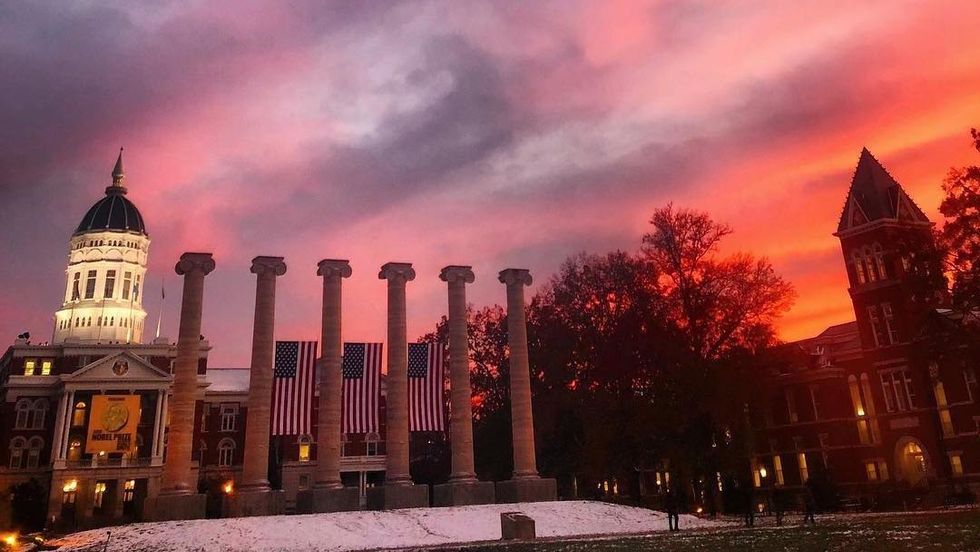

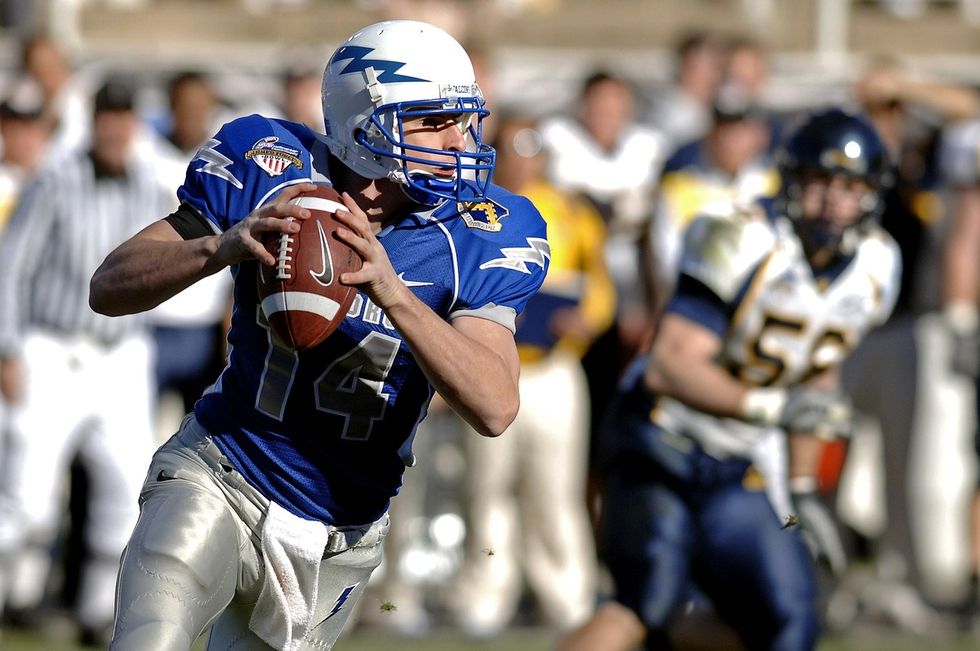
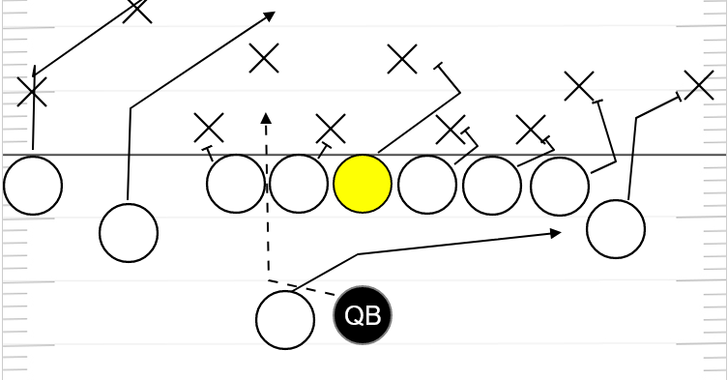

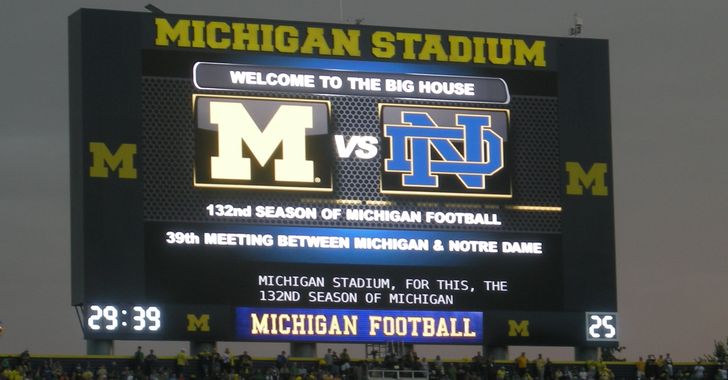
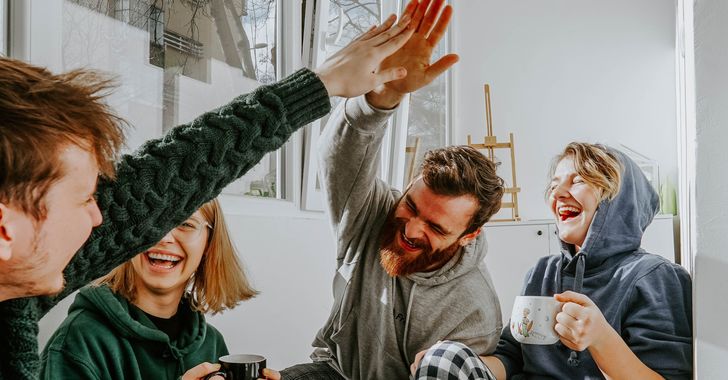 Photo by
Photo by 